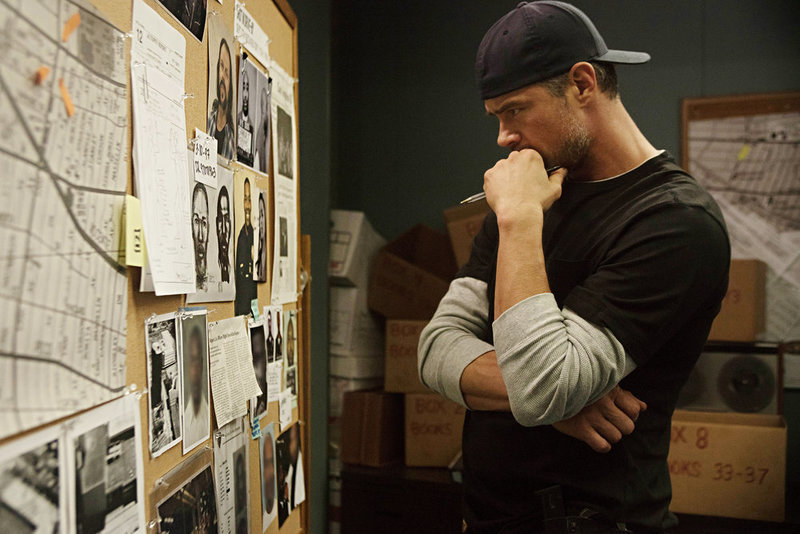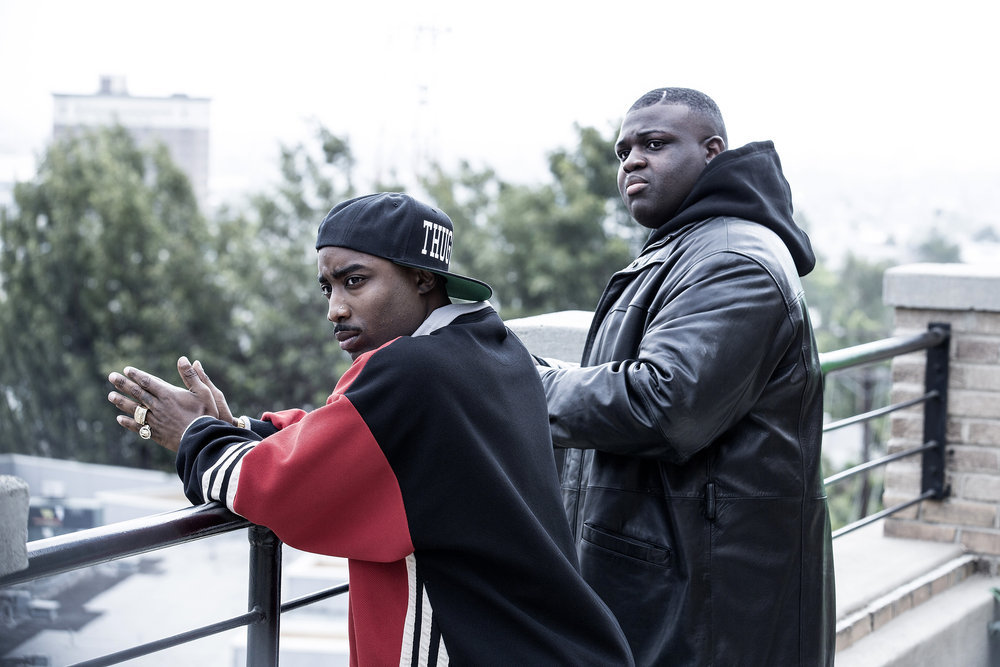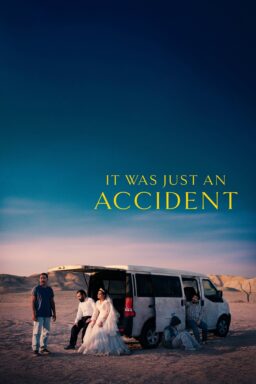Emmy winner Anthony Hemingway, a director from “The People v. O.J. Simpson: American Crime Story,” decided to get to one of the last quarter-century’s biggest stories before Ryan Murphy could do so for his hit FX series. And so we have the ambitious, ensemble-driven “Unsolved: The Murders of Tupac and The Notorious B.I.G.,” unfolding over 10 episodes on USA starting tomorrow. Clearly modeled after “ACS” in its storytelling approach, “Unsolved” is a surprisingly entertaining watch. It’s not as thematically dense as “ACS” but it’s incredibly watchable—I busted through the seven episodes sent for review in a sitting and was totally engaged. Watching in a single chunk reveals some tonal inconsistencies and the structure of the show will be too frustrating for some viewers—there are also some regrettable decisions to soften the rappers’ realities to heighten their legacies—but the performances here are uniformly strong and the mystery around these two murders remains fascinating all these years later.
“Unsolved” takes place in three separate time periods, often jumping between them from scene to scene, allowing one to comment on the other. It’s a daring structural approach that doesn’t always work but indicates that this is no mere bit of tabloid sensationalism. Instead, “Unsolved” is a dense, complicated American narrative about the difficulty of true police investigation, corruption, and two incredibly talented men who basically died before they really got to live.
Josh Duhamel, who really looks at home on TV and could easily anchor a “Law & Order” or “Chicago” show, plays L.A. Detective Greg Kading, who also co-executive produced as the show is based on his book Murder Rap: The Untold Story of Biggie Smalls & Tupac Shakur Murder Investigations. In 2006, Kading was asked to assemble a task force to investigate the murder of Christopher Wallace aka Biggie Smalls aka The Notorious B.I.G. after his mother sued the LAPD. He puts together a team that includes an old colleague coming off a scandal named Dupree (Bokeem Woodbine) and a few experts on L.A. gangs and the history of the case, including characters played by the great Wendell Pierce and Rhys Coiro.

Sounds like enough for a show, right? It’s only a third of “Unsolved.” We spend the most time, and the most rewarding time, in 1997 with the first investigation into Biggie’s murder led by LAPD Detective Russell Poole (Jimmi Simpson of “Westworld”). Poole becomes obsessed with the case, tying it to the murder of Tupac, and actually uncovering what would become known as the Rampart scandal in the LAPD. Poole is stymied to the point that he starts to believe the LAPD knows more about or was possibly involved in both murders, and he essentially destroys his career in the pursuit of truth. There’s more than enough for a whole show here in 1997, including strong supporting performances from Jamie McShane and Brent Sexton. And Simpson gives the best performance on the show. He’s great.
Least effective are the flashbacks to the arc of Biggie (Wavyy Jonez) and Tupac (Marcc Rose) as friends, colleagues, and eventually enemies. Unlike the focused investigations of the other two stories, Hemingway and company take a greatest hits approach to B.I.G. and Shakur, charting their meeting and other major events that led up to their deaths. So, we get recreations of the Quad Studios shooting that Tupac was convinced was orchestrated by Biggie, the notorious Soul Train Awards debacle, and other key moments in their legacies. For example, the rape/assault accusation that sent Tupac to jail is handled too quickly and reminds one how sped up that arc is are compared to the rest of the show. We come to know Kading and Poole more than Tupac and Biggie, and that’s a problem.
If you’re wondering, “Unsolved” does try to defy its title and presents theories on who killed Tupac and Biggie—generally the most popularly accepted suspects, although the show is also willing to present some of the more mindblowing claims, including that Sean “Puff Daddy” Combs paid $1 million to have Tupac and Suge Knight assassinated. Ultimately, these cases are fascinating because it feels like the truth is just out of reach. There’s no theory that makes 100% sense with each suspect looking like a puzzle with a piece or two missing. It’s easy to see why the case basically shattered Poole, and almost did the same to Kading a decade later. It’s an easy one to obsess over, and it’s an American tragedy when we consider the great art lost in the process.
At its best, “Unsolved” reminded me of one of my favorite cop shows of all time, “Southland.” Like that program, it occasionally dips into the private lives of its officers—we see parallels to how the case hurt the domestic lives of Kading and Poole, for example—but really thrives as a procedural. I love watching well-made shows about cops doing their jobs well—following leads, collecting evidence, discussing theories—and “Unsolved” has enough of that to make its flaws, particularly in the way it presents its title characters, easy to overlook.












